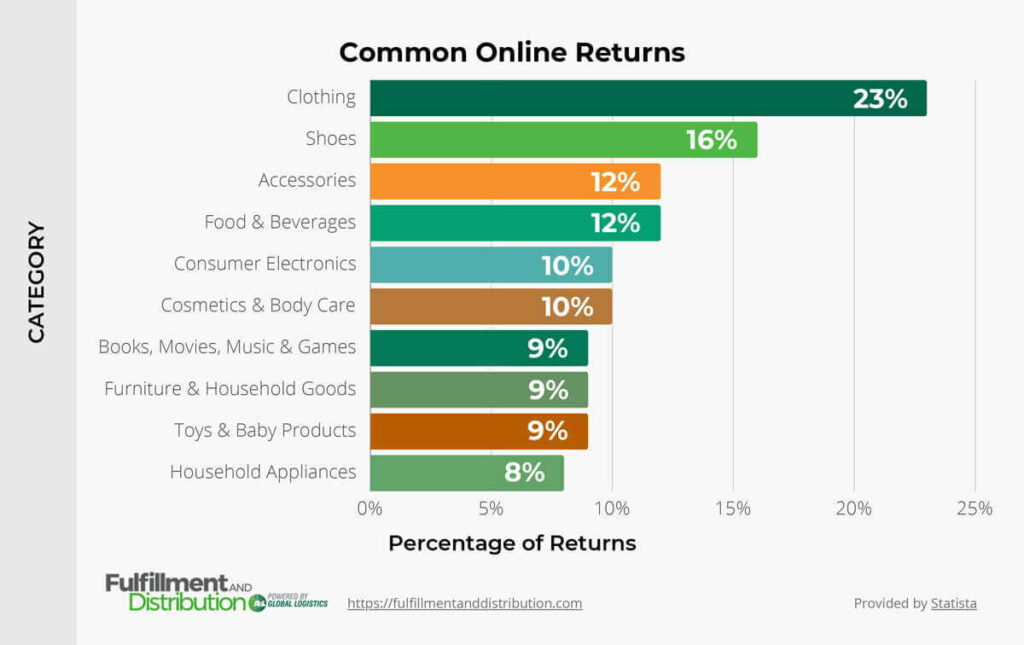
 Copy URL to Clipboard
Copy URL to Clipboard
Many businesses don’t need or want a long-term warehousing solution. Instead, they prefer to use storage and distribution services as-needed. If that describes your business, then on-demand warehousing is a great solution. However, there’s some important information that you’ll need to be aware of before using one.
I’ll give you information about on-demand warehousing that will help you decide if it’s the right solution for your business.
On-demand warehousing is a way of renting space and using other fulfillment services as needed. Therefore, it’s become a popular solution for businesses that don’t need to use a facility for an extended period of time.
Unlike traditional warehouses, you won’t have to sign a long-term contract to use one. Instead, you’ll have the flexibility to use on-demand warehouses as frequently (or infrequently) as you wish.
This will give your business an immense amount of flexibility when it comes to storing and distributing inventory.
Related: Retail Shipping Warehouse
On-demand warehousing is beneficial for retailers and businesses of all sizes. I’ll show you four advantages you can expect to reap in the following sections.
On-demand warehousing can make shipping bulk orders faster. You can find these facilities located near customers throughout the country. That means when an order comes in, it won’t take long for your palletized freight to arrive at the final destination.
The process of partnering up with an on-demand warehouse company is also exceptionally fast. They make sure to always have space available, which means there will be a designated spot ready for your goods. On-demand warehouses also specialize in expedited shipping to speed up order fulfillment.
On-demand warehousing companies will only charge you for the space and services that you need at a given time.
As a result, you won’t need to pay the many expenses that come with traditional warehousing, such as:
Thanks to the cost-saving nature of on-demand warehousing, you’ll be able to allocate your capital to other areas of your business.
Supply chain disruptions come in many varieties. They typically delay shipments, which can result in product shortages. When there’s a shortage of certain goods, demand for those items may increase.
Supply chain disruptions that lead to shortages include:
On-demand warehousing companies can help your supply chain be more resilient to disruptions. You can store your products in one of their facilities immediately after a disruption occurs.
At that point, the warehouse can start shipping out your products on a normal schedule, keeping your business running despite the disruption. By having your goods ready for shipping before demand starts to rise, you’ll be able to reduce the impact to yourself as well as customers.
Managing your own facility is a big commitment. There are numerous warehouse operations to complete and large sums of money that have to be invested.
Likewise, many 3PLs only make their warehouses accessible if you sign a long-term contract. This means you could be bound to the contract, even when you no longer need the 3PL’s services. For many smaller businesses, managing a warehouse or outsourcing to a 3PL for a prolonged amount of time isn’t necessary.
On-demand warehouses are a great alternative because they offer short-term contracts. Therefore, you’ll be able to store your goods and access their services as needed. You won’t have to worry about being stuck at one facility or have to plan the construction of your own.
On-demand warehousing can be beneficial for retailers and businesses, but it’s best used as a temporary solution to your storage and distribution needs. I’ve highlighted a few scenarios in the following sections where this warehousing option can be useful.
On-demand warehousing is a great solution to seasonal demand increases. These facilities allow you to only pay for the space and services you require when bulk orders begin to increase.
Once order volume begins to slow, you can easily cease your on-demand warehouse operations. As a result, you’ll be able to maximize your distribution efficiency during peak season, while reducing your overhead costs when demand begins to slow.
Businesses often used on-demand warehouses when they start a short-term project to increase their revenue. A short-term project can take on a variety of forms.
Launching these initiatives typically require additional storage and distribution capabilities. An on-demand warehouse can use their infrastructure to support you until your project ends.
Inventory overflow is when you end up with more products than you can store or sell. While businesses try to prevent this from happening with inventory tracking technology, it’s still a common problem. Fortunately, an on-demand warehouse can alleviate this concern.
The storage apace available in these facilities can be used until the excess stock is sold. Therefore, retailers don’t have to find permanent storage for their inventory overflow inside their facilities.
Handling returns can be difficult when your business is focused on shipping or storing bulk orders. You’ll need extra space within your facility to receive and process returned items.
Returns are a common occurrence for many businesses. To show the importance of reverse logistics, consider data on the most returned online purchases by category.

Performing reverse logistics can be difficult if your order volume is high or if your storage space is near full capacity. An on-demand warehouse can provide you with the extra support to process your returns, while you focus on other areas of your fulfillment operations.
Related: How Retailers Handle Returns
Finding warehousing solutions that are tailored exactly to your needs can be difficult. At Fulfillment and Distribution, we have services that will help with your storage and distribution. You can also access new customers and markets by using our various warehouses across the country.
This includes:
Get the right warehousing services for your business with Fulfillment and Distribution by filling out your quote today. You can also reach our team at (866) 989-3082 if you have more questions about the services we provide.
